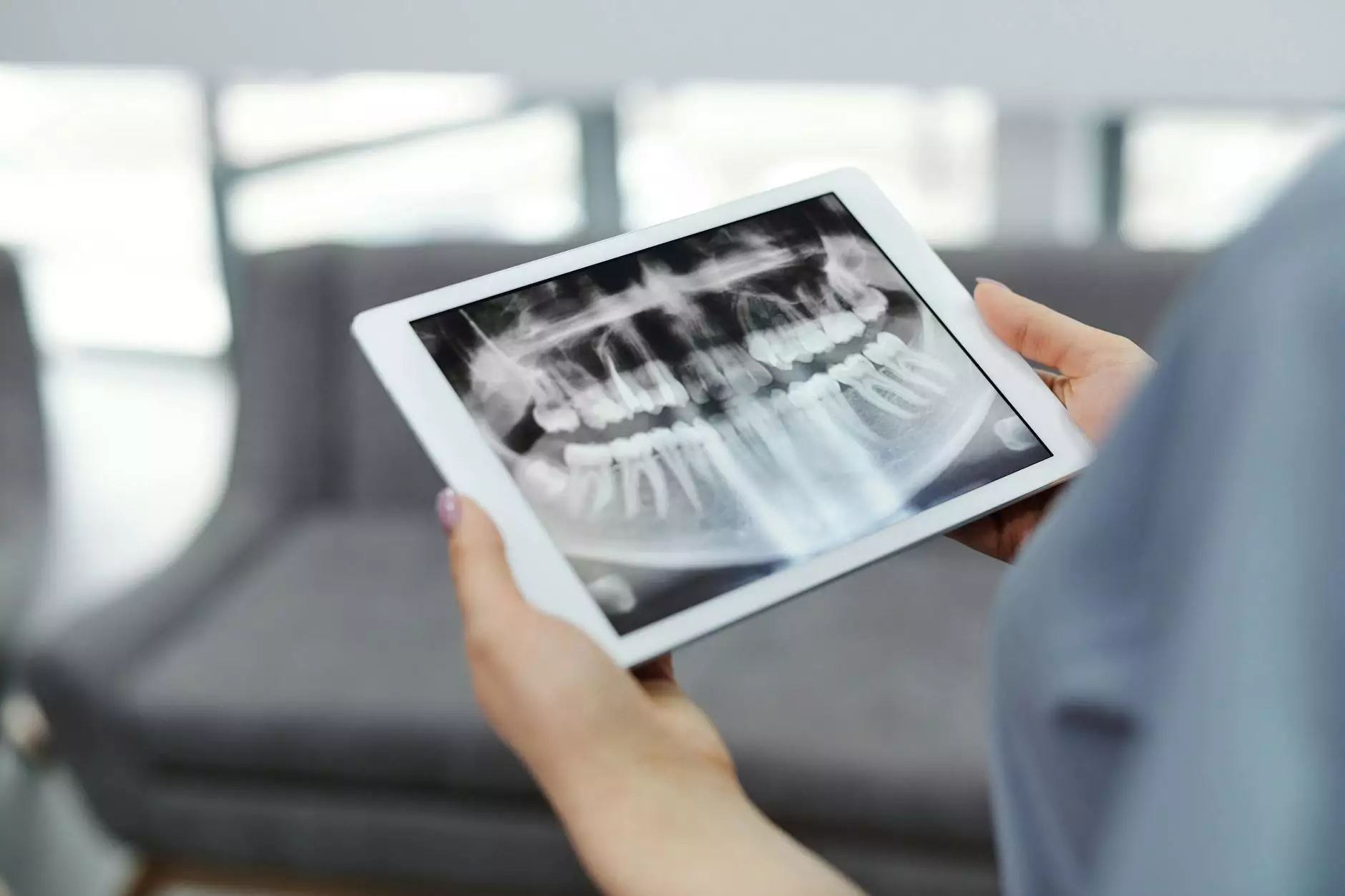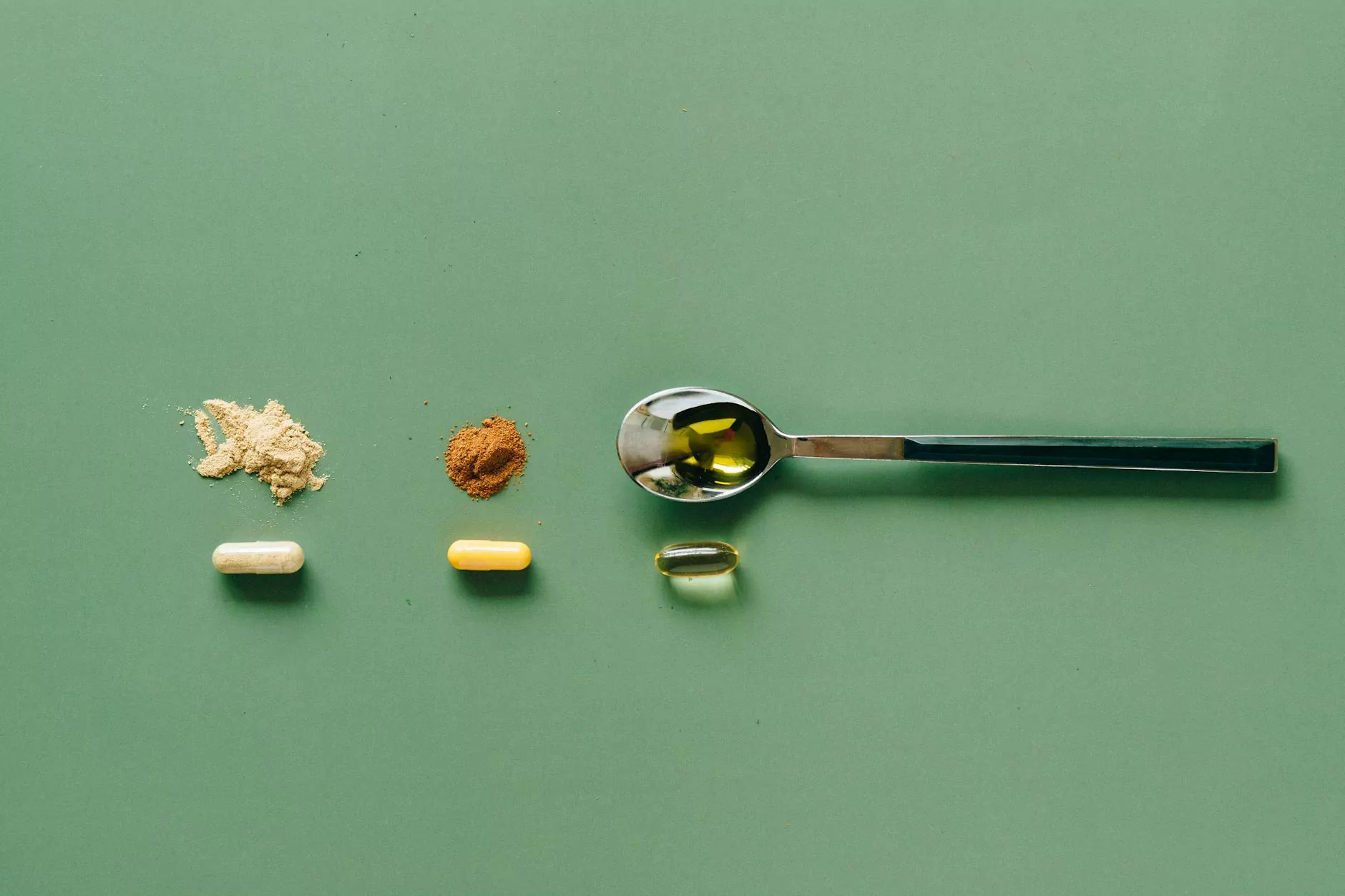What to Do in the Event of a Pediatric Dental Emergency
Health
Understanding the Importance of Prompt Action
As parents, we understand that our children's health and well-being are of the utmost importance. When it comes to dental emergencies, quick and appropriate action can make all the difference in preventing further damage and ensuring optimal outcomes for our little ones. In this comprehensive guide, we will discuss various types of pediatric dental emergencies and provide you with relevant information on how to manage them effectively.
Types of Pediatric Dental Emergencies
Pediatric dental emergencies can encompass a range of situations, including:
- Knocked-out or avulsed teeth
- Broken or fractured teeth
- Toothaches or severe tooth pain
- Object stuck between teeth
- Uncontrollable bleeding from the mouth or gums
- Swelling or infection in the oral cavity
- Dental abscesses
- And more...
Immediate Actions to Take
When faced with a pediatric dental emergency, it is crucial to remain calm and take the following immediate actions:
1. Stay Calm and Assess the Situation
As a parent, seeing your child in distress can be overwhelming, but it is important to stay calm and assess the situation before taking action. This will help you provide the necessary information when seeking professional advice or reaching out to the dentist.
2. Control Bleeding
If there is bleeding, apply gentle pressure to the affected area using a clean cloth or sterile gauze. Be careful not to use excessive force, as it may cause further damage.
3. Retrieve the Tooth (If Applicable)
If your child's tooth has been knocked out, try to retrieve it without touching the root portion. Hold the tooth by the crown (the visible part) and rinse it gently with water. Do not scrub or remove any attached tissue fragments.
4. Place Tooth Back in Socket (If Possible)
In some cases, if the tooth is relatively intact and your child is cooperative, you may attempt to gently place the tooth back into the socket. This should only be done if there is no risk of swallowing or choking on the tooth.
5. Preserve the Tooth Properly
If reinserting the tooth is not possible, it is crucial to preserve it properly until you can seek professional dental care. Place the tooth in a container of milk or a tooth preservation solution recommended by your dentist. This will help to maintain the tooth's viability.
6. Manage Pain and Discomfort
Over-the-counter pain relievers suitable for children can help manage pain and discomfort until you can reach the dentist. Follow the recommended dosage instructions and consult a healthcare professional if you have any concerns.
7. Contact Your Pediatric Dentist
Immediately contact your pediatric dentist or dental clinic to inform them about the dental emergency. Provide accurate details about the situation and follow their guidance on the next steps.
Seeking Professional Dental Care
While the immediate actions mentioned above can provide temporary relief and aid in preserving dental health, it is vital to seek professional dental care as soon as possible. Your pediatric dentist has the expertise and resources to assess the situation, provide proper treatment, and ensure the best possible outcomes for your child.
Preventing Future Dental Emergencies
While accidents can happen, there are steps you can take to reduce the risk of pediatric dental emergencies:
1. Maintain Good Oral Hygiene
Regular brushing, flossing, and routine dental check-ups are essential in maintaining optimal oral health. Establish a consistent oral hygiene routine for your child and encourage healthy dental habits.
2. Avoid Hard Foods and Objects
Caution your child against chewing on hard objects or eating foods that may pose a risk to their dental health. These include ice, hard candy, popcorn kernels, and similar items.
3. Use Protective Gear
If your child participates in sports or activities with a high risk of dental trauma, such as contact sports, ensure they wear appropriate protective gear, like mouthguards or helmets.
4. Childproof Your Home
Make your home safer for your child by childproofing areas that could potentially lead to dental emergencies, such as staircases, sharp corners, or areas with hard surfaces.
5. Be Vigilant and Educated
Stay informed about potential dental hazards and educate your child on practicing caution to prevent accidents. Supervise their activities whenever possible to reduce the risk of dental emergencies.
Conclusion
Handling a pediatric dental emergency requires prompt action and appropriate steps to ensure the best possible outcome for your child's oral health. By staying informed, remaining calm, and knowing what to do, you can minimize damage and seek professional dental care quickly. Remember, every minute counts in the event of a dental emergency, so be prepared and act with confidence.










